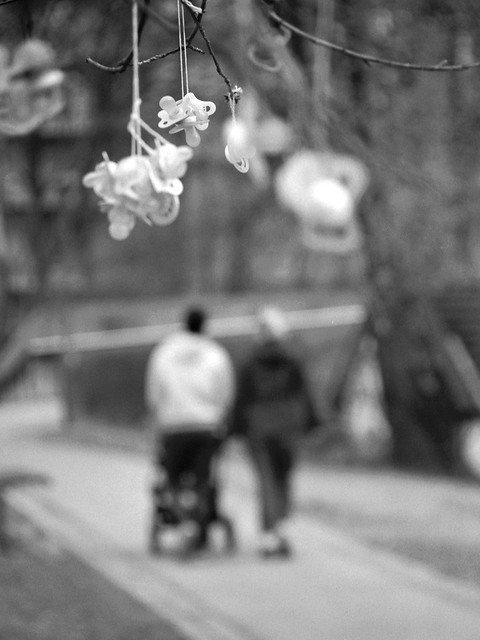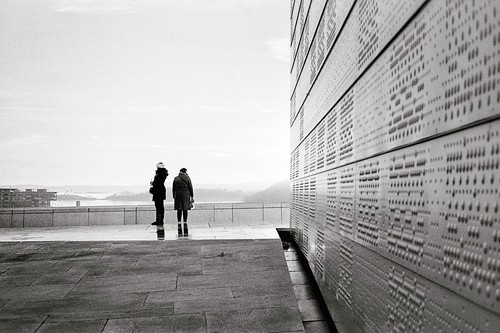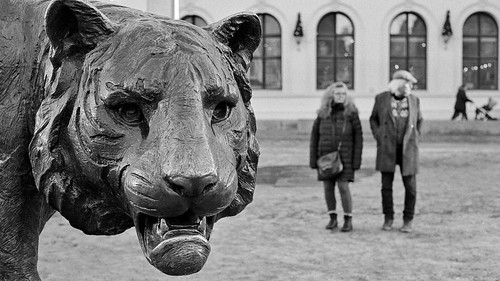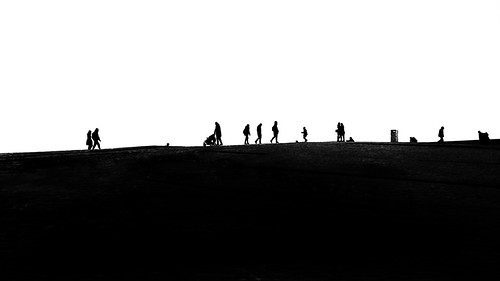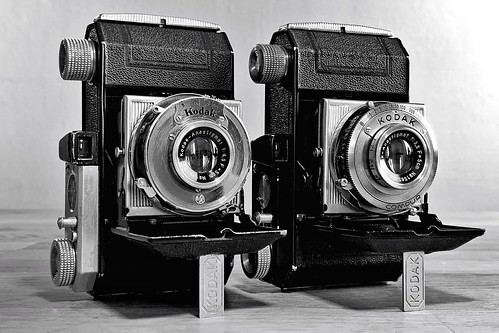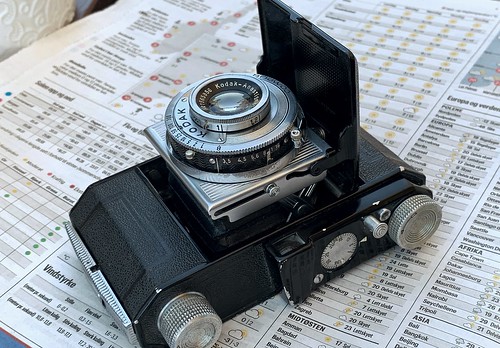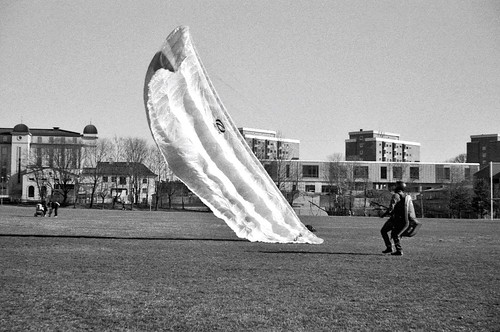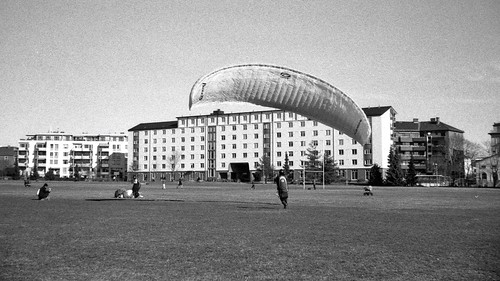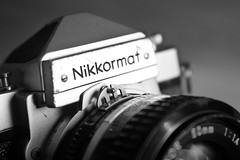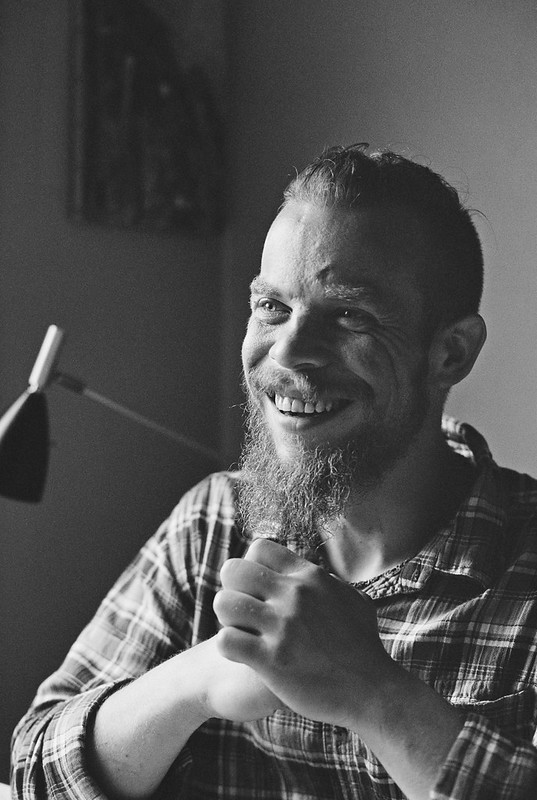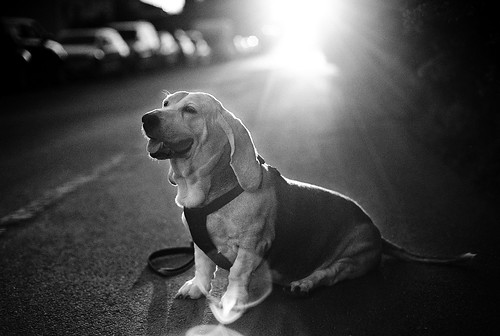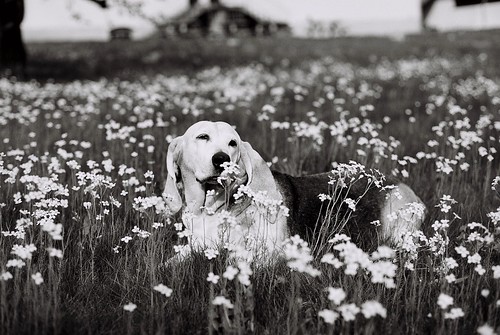Aim for the big and beautiful
The regal Voigtländer Bessamatic entered the SLR-throne room in 1959, but it was probably too late. This was in the early years of the single lens reflex cameras (the SLRs) where the photographer finally could see through the same lens that was recording the picture onto the film. WYSIWYG - What You See Is What You Get – would we call it today. A technical engineering wonder, but would soon become the standard way of photographing. The old kings – the rangefinders like Leica and Contax – suddenly felt old fashioned and hopelessly outdated. SLR was the new kingmaker.
A fierce rivalry would
now start between the Bessamatic and the other SLR players that already claimed
their position in the marked. The KW Praktiflex, the Asahiflex (later Pentax), the Zeiss Ikon
Contaflex and the Kodak Retina Reflex. In the end they would all have to surrender
to the like of the Nikon F that also was introduced in 1959. But that is
another story.
The Bessamatic is a mighty thing. It is heavy loaded with high quality metal parts put together with a beautiful craftsmanship. Not much modern ergonomics is added to the construction but still it feels perfect at home in your hands. It is a SLR with a leaf shutter and a DKL mount for intechangeable lenses. The mirror will not automatically return after a picture is taken, but will lower it self back to the viewing position when you wind the film advance lever to the next frame.
The first Bessamatic came in 1959, but featured here is an upgrade model from 1962 and onwards. The upgrade is a little window above the lens that makes it possible to read out the shutter speed and the aperture setting through the viewfinder. It is sometimes called the "de luxe model”, but I belive this was no an official designation. The frame counter must be manually reset.
My copy has a working meter. Yes, I am lucky!
The Bessamatic on the picture is fitted with the 2/50 mm Septon lens, witch is a very fine lens. Here flanked by the 3.4/35mm Skoparex, the 4/135mm Super-Dynarex, and the standard kit lens 2.8/50mm Color-Skopar. All lenses are fine, but I like the Septon in particular for its fabulous sharpness and good balanced contrast. It has a filter tread mount that fits the ubiquitous 52mm size too.
Lens change is easy. If you have any lenses to change, that is. The lenses that fit the Bessamatic is a rather scarce commodity. And there is not a big range to choose from either. You might end up buying Bessamatic houses to get the lenses that comes with them. The good thing is that they are all - with some exceptions - fairly cheap to buy.
Now I’m a sucker for prime lenses but zoom lens lovers should be aware of that the Voigtländer-Zoomar f.2.8/36-82mm was the first successful proper zoom lens in modern photography. And it came with the Bessamatic. This lens however commands quite high prices as it is sought after by collectors. Personally I don’t care much since I consider myself a classic camera shooter, not a collector. But of course one must recognize the historical significance of the Zoomar lens. And its said to be a pretty sharp lens too.
Shutter speeds (B, 1 – 1/500 sec) are selected on the barrel of the lens mount, and the aperture settings are done with the left hand knob, where you also set the ISO value and exposure compensation. All parts and functions on my kit works impressively smooth and easy.
It has an auxiliary clip-on cold shoe for flash attachment. However practical, this kind of ad-ons are often kind of ugly and ruins the visual beauty of a camera kit. I should have removed it before I took this picture but I forgot.
Pro:
- Easy to use, durable and good looking
- No batteries
- Not many quirks for a camera of this age and complexity
- Works fine outdoors in the low temperatures of the Scandinavian winter
Contra:
- The weight of quality can still be a burden
- Lenses and accessories may be hard to come by
- A selenium light meter will sooner or (hopefully) later inevitably die. Be prepared to use a hand held meter or a smart phone app to measure the light.
Verdict:
- A great early SLR camera capable of high quality pictures. Expect to pay 100-150 $ for a usable kit with the 2.8/50mm Color-Skopar lens. I think it is worth it. Above that price point you should demand an exceptionally mint camera body - or a Zoomar lens - or a Septon lens.
Here are some sample
shots taken with the 2/50 Septon lens:

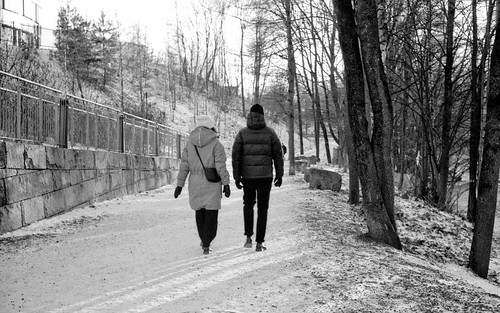
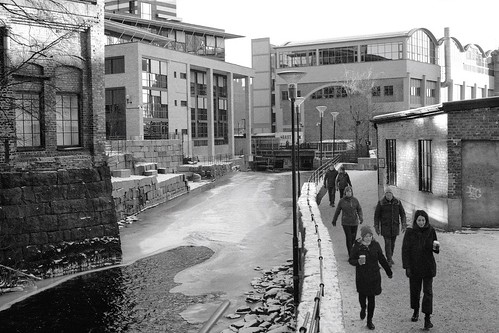


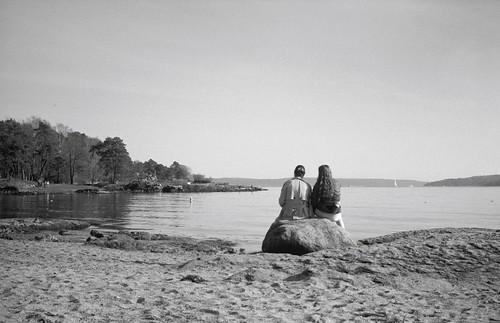
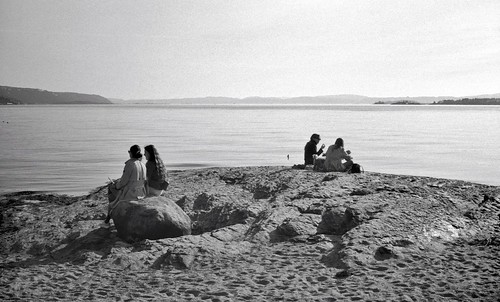
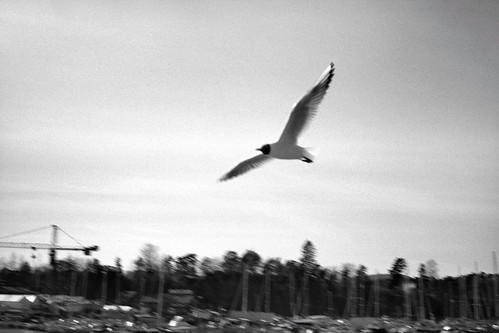
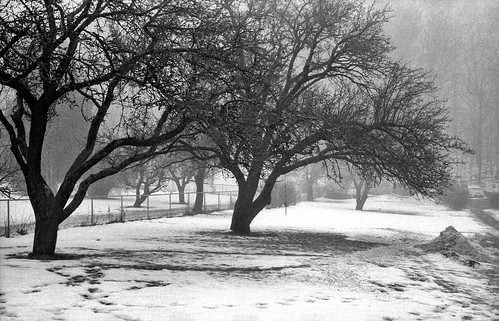
Picture sample from the 3.4/35mm Skoparex lens:
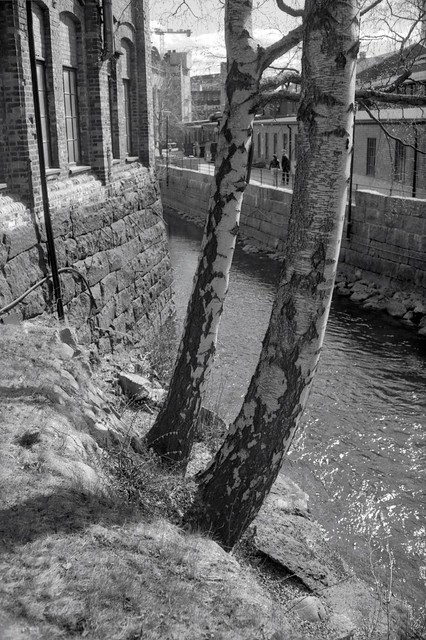
Picture sample from the f4/135mm Super-Dynarex lens:
